Last Updated on September 3, 2024 by Rajendra Hiwale
When you are buying a washing machine, one of the factors you should look for is the type of drum. They come in different sizes, but you need to decide what washing machine drum capacity means and whether you need a large or a small capacity washing machine.
What is Washing Machine Drum Capacity?
Subscribe to Onsitego
Get the latest technology news, reviews, and opinions on tech products right into your inboxThe drum capacity of a washing machine is measured by the net weight of dry clothes that you can wash in one cycle. This is usually slightly less than the number of clothes you can fit into the washing machine when it is not running.
Usually washing machine drum capacities range from 5 kg to about 12 kg, and the size you buy depends entirely on your particular needs based on size of laundry, frequency of wash, etc.
What Size Do You Need?
We have touched upon capacity in our washing machine buying guide earlier. But let’s talk about in detail again. The washing machine drum size you need will depend upon your washing needs and habits. How big is your family? The needs of a family of two will obviously be different from a family of eight or more. How many washes a week do you typically run? Some people wash clothes daily, while some others prefer to do it once a week. What kind of loads do you typically wash? Are they mostly delicate baby clothes or heavily soiled sports wear.
In most cases, a drum size of 7 kg is adequate for a medium-sized household. Washing machines with a 7 kg drum will comfortably wash a standard load, and also have programs specifically tailored for smaller loads. For example, most 7 kg washing machines will have a Quick Wash (or similarly named) programs that will wash smaller loads of regular wear while being able to tackle larger loads on the weekend.
However, for a large family that typically washes more than once a week, a larger drum might be more appropriate. The larger drum will be able to wash more items in a single cycle and can even handle bedsheets and towels along with regular clothes. For a small family or single person, the weekly load will be lesser and a smaller washing machine drum capacity will work just fine.
How Much Do They Really Wash?
The amount of washing you can fit into the machine will depend on the style and fabrics in your load. For example, in most 6 kg washing machines, you cannot wash two silk curtains, a satin bedsheet and 12 cotton t-shirts. However, as a general rule, a 6 kg washing machine will typically wash about 30 T-shirts a single bedsheet in one wash and is most suited for couples.
Likewise, an 8 kg washing machine will wash 40 t-shirts and a queen-size bedsheet easily, and is best suited for a medium family. If you reduce the number of t-shirts it can also take in more items, even bulky ones. The following guide can help you decide the capacity that can be handled by your washing machine depending on the drum size.
Types of Drums
Washing machines may have different types of drums, varying on materials, positioning, patterns and other factors.
Plastic drums are still very common and come in types of washing machines that are more economically-priced. They are also seen in top-loading washing machines, both semi-automatic and fully-automatic. The biggest advantage of having a plastic drum is that it is easier to clean and does not get corroded by harsh hard water.
Steel drums are a more premium feature and can be found in both top load and front load washing machines. Most manufacturers have their own technology in the design of a steel drum to ensure your clothes are not damaged but they are thoroughly cleaned during the wash and spin cycles.
For example, Samsung has a Diamond design running on its drums. Apart from usual benefits such as being gentle on your fabrics, Samsung claims that its tests prove that the textile area exposed to the harmful effects of washing by Conventional washing machine drums has been reduced by a tremendous 79%.
In IFB, there is a Crescent moon shaped cast lined on the inner surface of the washing drum. This shape absorbs the hard hits during the tumble process and gives the clothes a deep but gentle wash. This design works by curving the water up in a swoosh pattern so that the clothes do not rub against the wall of the steel drum and get damaged.
A washing machine drum can also be placed horizontally or vertically. A simpler explanation of this is, a horizontal drum is what you’d find in a front-loading washing machine. A vertical drum is present in top load washing machines. They both have their own set of advantages and disadvantages as we have specified in our articles in the past.
Is Bigger Really Better?
It is incorrect to assume that the bigger the size, the better cleaning performance and value for money it will have. Larger washing machines do have a number of advantages, but there are also significant disadvantages of owning them.
The main advantage of a large washing machine drum is that it can hold more laundry, which means that you can do bigger loads in every wash. In the long-run, fewer but larger washes are better than more frequent, smaller washes. So if you are using a larger washing machine that you need, you are saving on water and electricity costs.
Another advantage that is frequently overlooked is the fact that a larger washing machine is more attuned to larger loads, which means it might have a few programs that are more suited to bulkier items such as curtains and bedsheets. A smaller washing machine may not have all these programs and be more suited to regular smaller loads.
For example, Samsung washing machines have a dedicated Blanket program for heavy loads of laundry such as washable blankets and bulky bedsheets. On the other hand, a Videocon 5.5 kg washing machine has a program for heavily soiled clothes (Strong) but none for very bulky loads such as bedsheets.
One of the primary disadvantages of larger washing machines is that they are more expensive to buy because the drum has a larger capacity and there are additional programs for bigger loads. Also, if you regularly run them only half full, they contribute to larger expenses in terms of water and electricity in every cycle.
Loading The Drum
There might be two kinds of issues with loading the drum of your washing machine – Overloading and Underloading.
In the case of overloading, there might be performance issues when the drum is filled beyond its ideal bearing capacity. When the drum is overfull, the clothes inside can clump together and rotate as one mass. This would mean that the detergent isn’t adequately spread out to reach all items and will also not be rinsed properly. This, in turn, means that the dirt in all the items will not be dislodged and those items will not have enough room to move around. In addition, the clothes will get very tangled and even creased because of such overloading.
A general thumb rule then, is to load the drum to only 80% of its capacity so clothes have enough room to move around during a wash cycle. Another rule to keep in mind is, when the washing machine drum has, say, a 7 kg capacity, this means you can load 7 kg of cotton items in it. When you put in other fabrics such as jeans or a woollen sweater, the metrics change. Certain cycles can only take loads that are smaller than 7 kg. For example, silks, delicates or woollens must be loaded in smaller sizes so they do not get damaged. This means that when you are washing a load of silks, you cannot fill the entire drum.
The other problem is that of underloading. It can be very wasteful in terms of water and energy consumption when you underfill a drum below its capacity. You are essentially using the same program you’d use in a regular wash when you are washing only two pairs of socks and a t-shirt and you are therefore using the same amount of water and electricity to do so.

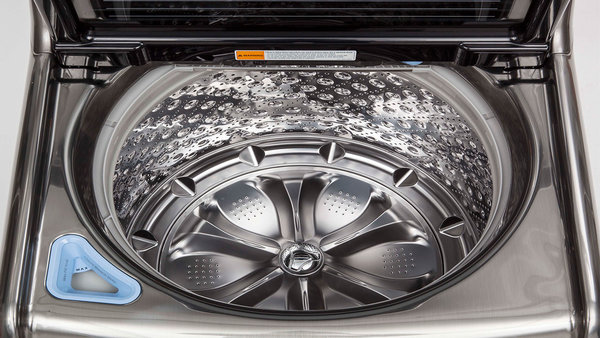
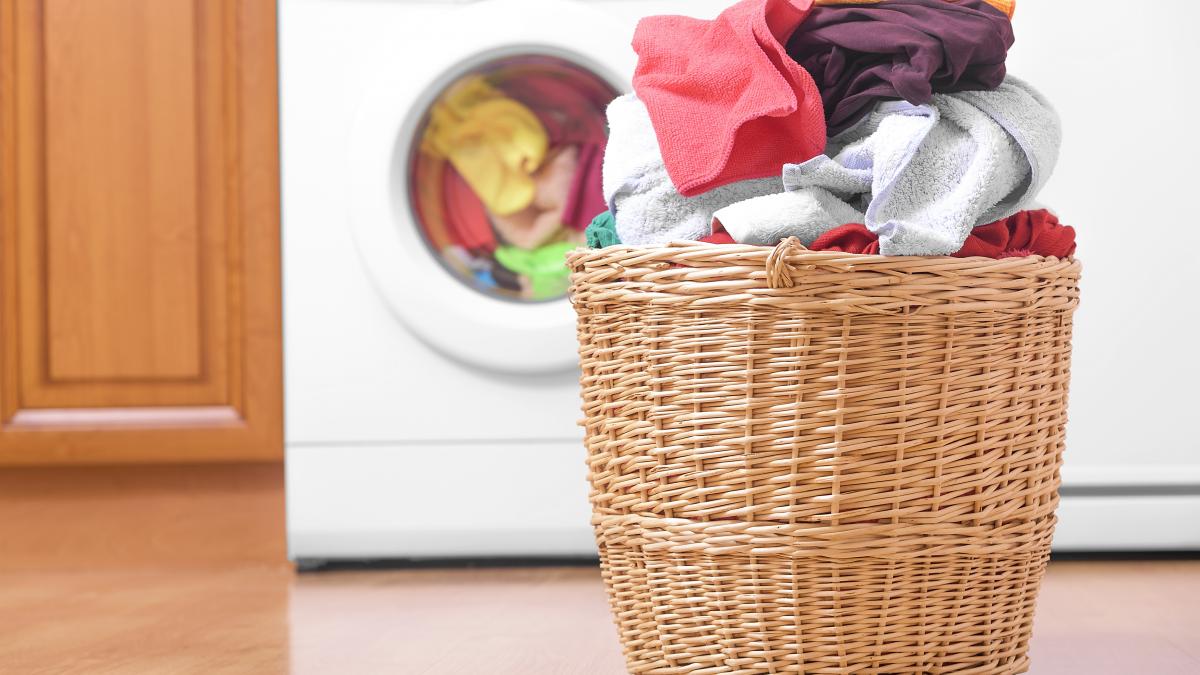
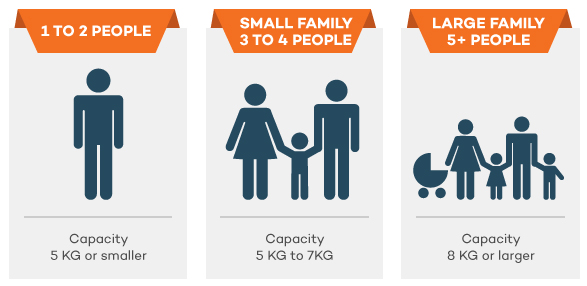
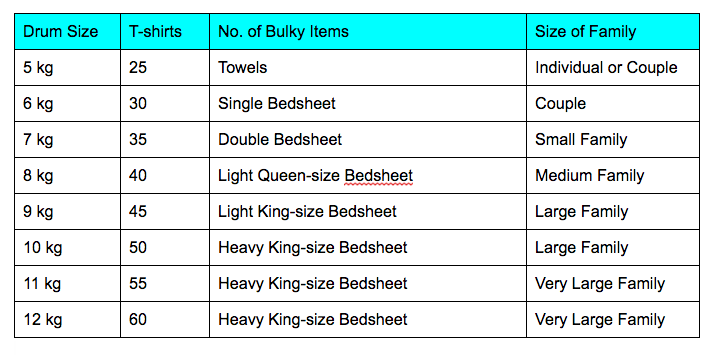
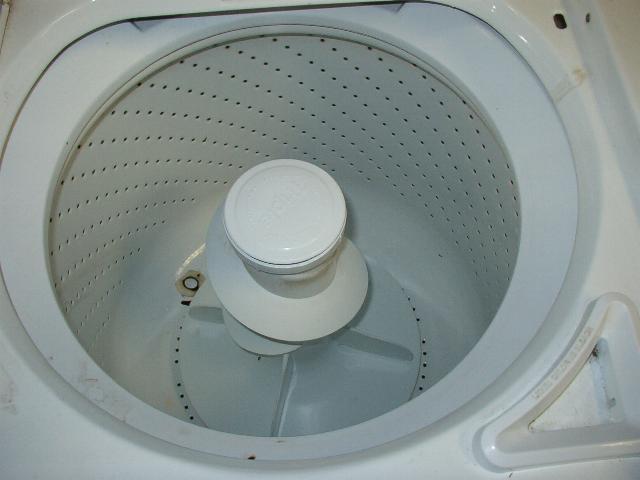
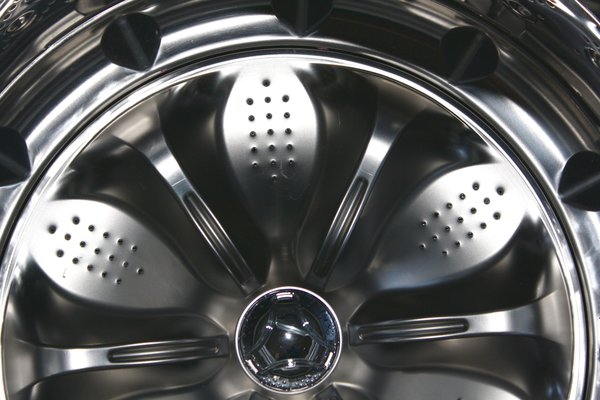
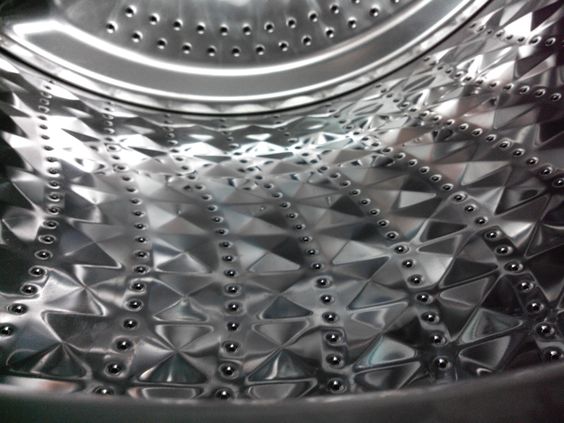

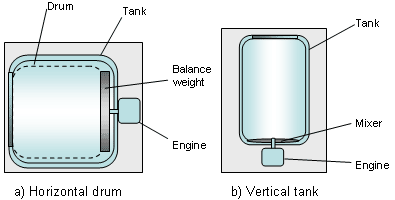

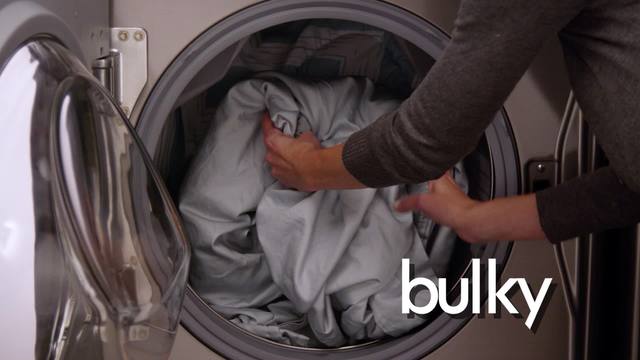
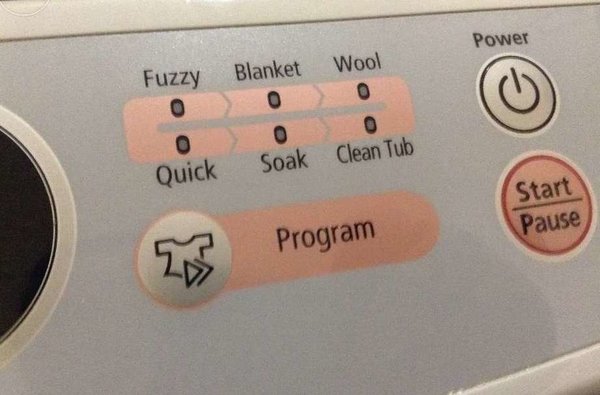



Discussion about this post